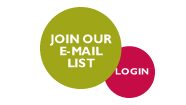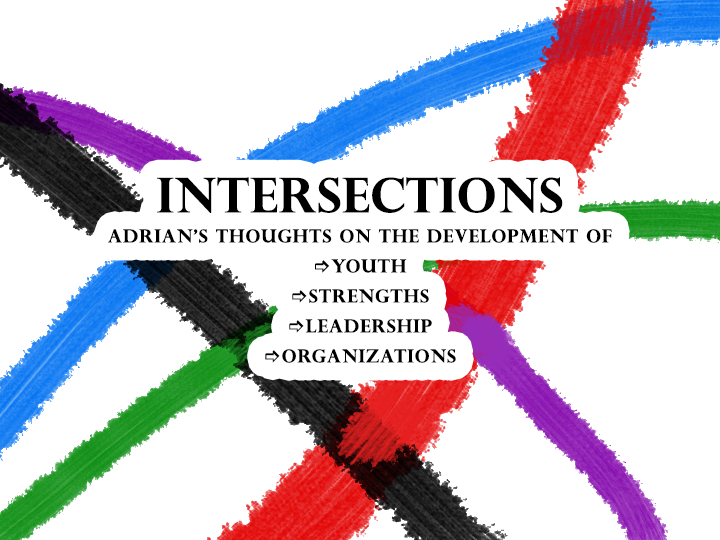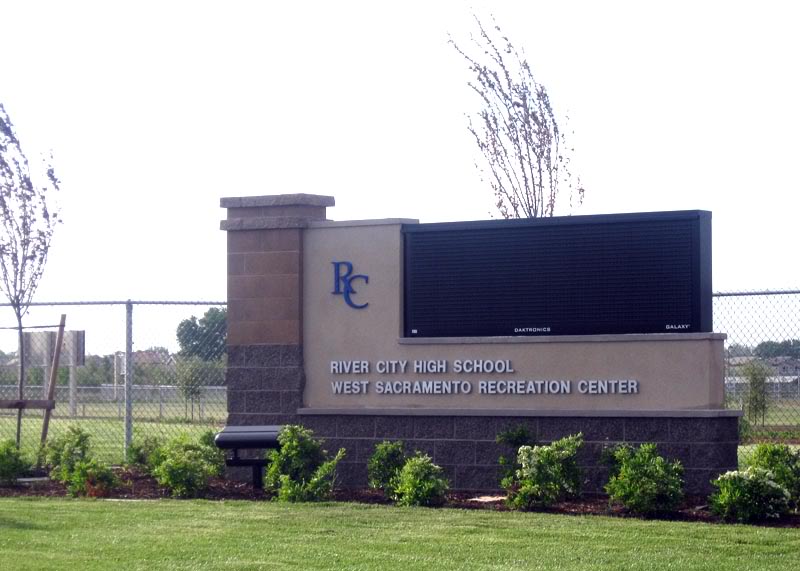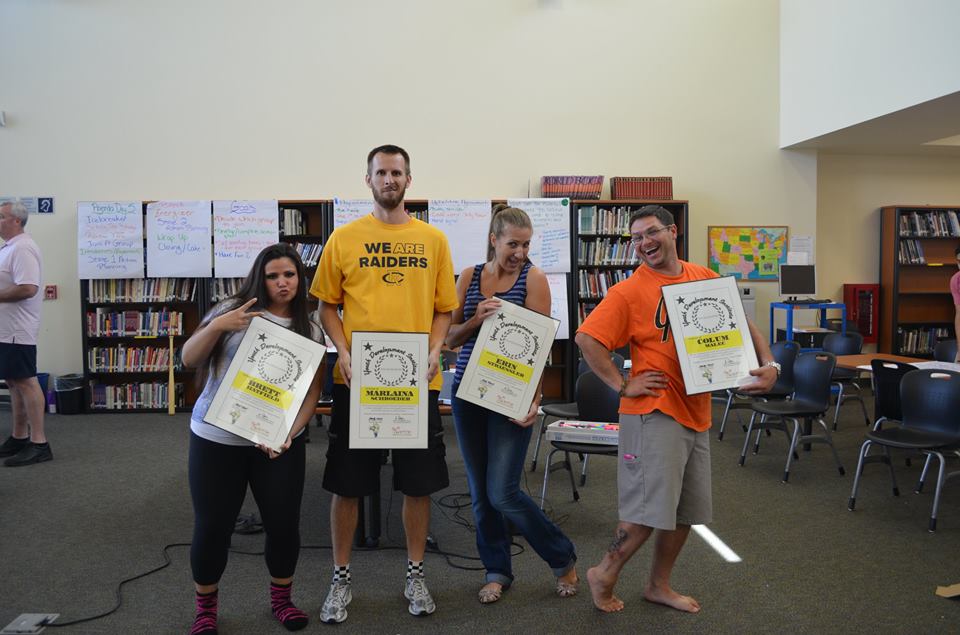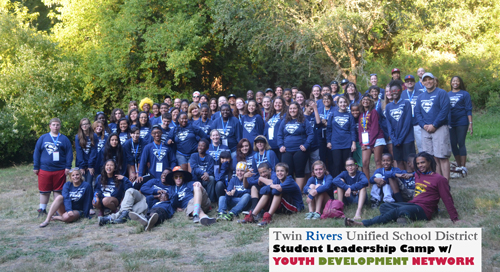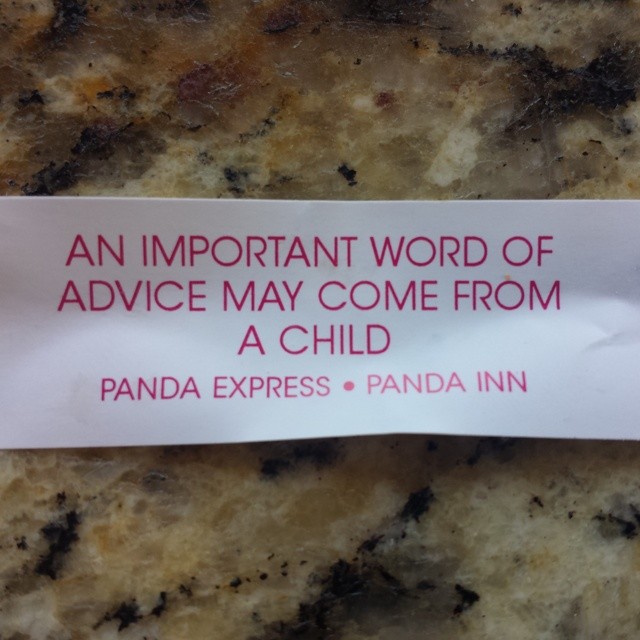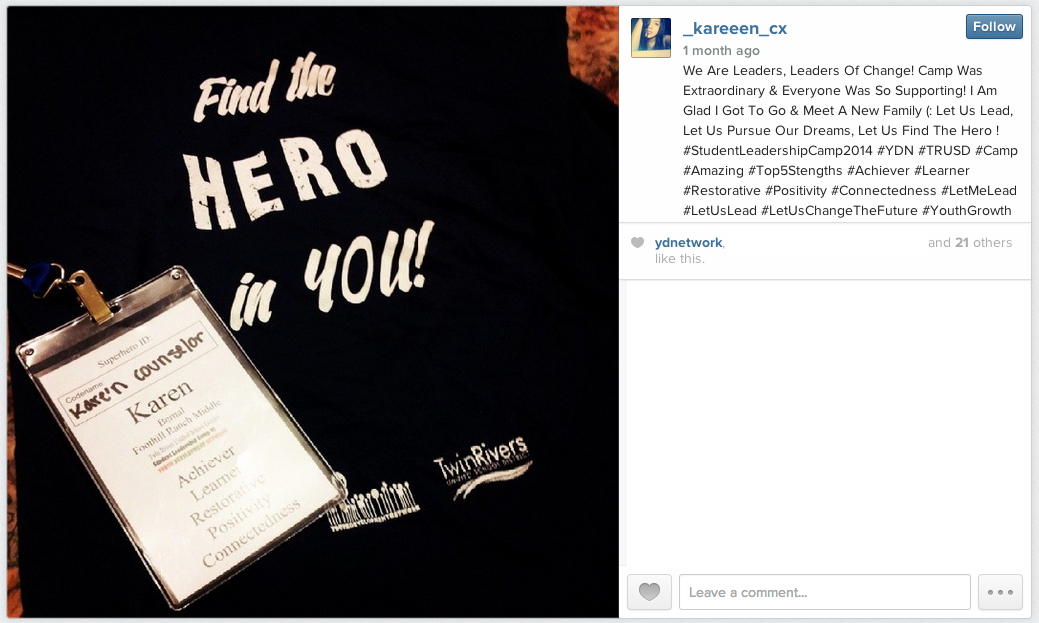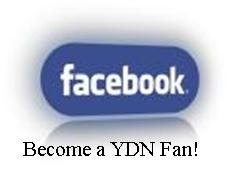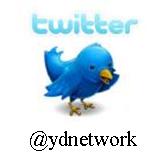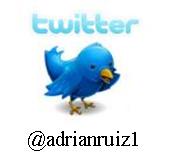Are you like millions of other people who took your StrengthsFinders assessment and felt like the skies opened, the seas parted, and all that was wrong with the world temporarily went away because now someone or something understood you and what made you beyond AMAZING? Me too!
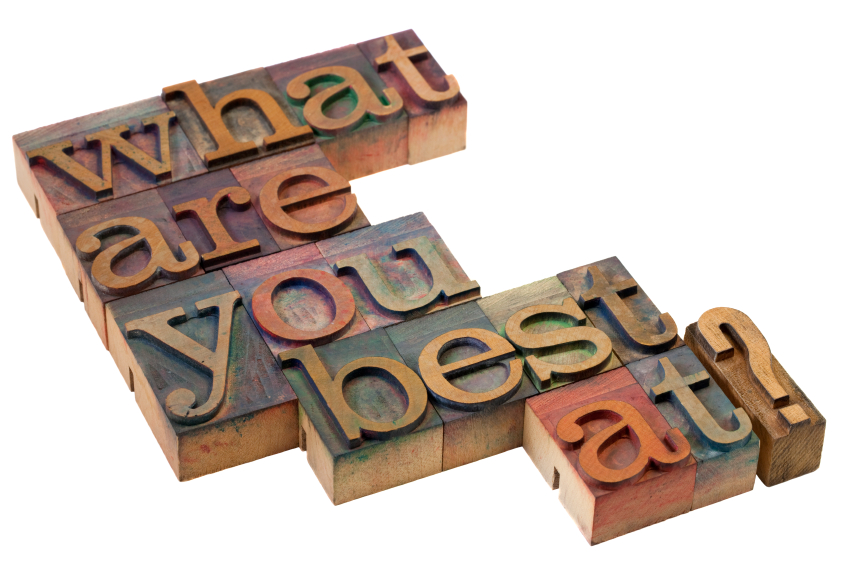
Are you like millions of other people who took your StrengthsFinders assessment and went to work the next day and shared it with everyone, got them excited, talked about how it could totally make you all a more productive team that actually got along or at the very least understood how you all think, feel and behave? Me too!
Are you also like millions of other people who did everything I just mentioned and then got your thunder stolen because you didn’t know what to do next to make the strengths buzz turn into a new more powerful way of living your life and optimizing your work place? Me too!
Well almost…
I’ll spare you the long story on how I became a successful Gallup certified strengths coach and leader and instead get right to some very simple, practical, and effective ways on how my team and I have created a culture that practices the Strengths-based language and approach. Let me warn you in advance these 5 things that I am about to share with you can be misconstrued as “touchy and feely.” And let me be the first to share with you that I would have to agree (to a certain point). What my personal Strengths journey of the last six years has revealed to me as an Executive Director and coach in the for-purpose sector is that “the main things are the plain things and the plain things are the main things.” We can only accomplish greatness as a unit when we collectively march towards them together. The Strengths-based approach helps us do exactly that by first helping us name our talents, then claim them as uniquely ours, and lastly aim them at the greatness we seek. Because of that I would argue that if getting to know the people who work for you, you work for, or work with is “touch and feely” then allow me to be dead-serious for a second and say that if you want to be successful and perform at the highest levels possible it is absolutely beyond a shadow of a doubt “necessary.”
I hope you enjoy practicing some or all of these tips. Please share with me any other tips that have worked for you and your team so we can keep the strengths-based philosophy marching forward.
1)
 Share your Top 5 talent themes on your email signature: This one seems like a no-brainer or even an invasion of privacy and space, but all I can say is that it has worked wonders for our team and clients. By sharing your Top 5 talent themes in your email signature you are sharing with the world who you are and what you can offer them. You are giving everyone who reads that email a special glimpse into what makes you successful at what you do and how you go about accomplishing tasks and goals. It amazes me how many times I have read an email from a particular colleague that had a serious “action required now” theme to it and wondered why it felt like I was hearing Def-Con One Sirens going off throughout the building. This particular colleague, who is an all-star at what they do, has both Achiever and Responsibility in their Top 5 talent themes and every time I see this person’s email signature it proudly displays Achiever and Responsibility. The sounds of the sirens slowly lower in intensity, my heart beats at a more natural rate and my hyper-ventilation subsides. Those reactions that used to drive me crazy are now filled with new healthier emotions. Now I have excitement over helping this person get something accomplished today that will allow them to sleep more comfortably because they were able to deliver on-time and keep their word.
Share your Top 5 talent themes on your email signature: This one seems like a no-brainer or even an invasion of privacy and space, but all I can say is that it has worked wonders for our team and clients. By sharing your Top 5 talent themes in your email signature you are sharing with the world who you are and what you can offer them. You are giving everyone who reads that email a special glimpse into what makes you successful at what you do and how you go about accomplishing tasks and goals. It amazes me how many times I have read an email from a particular colleague that had a serious “action required now” theme to it and wondered why it felt like I was hearing Def-Con One Sirens going off throughout the building. This particular colleague, who is an all-star at what they do, has both Achiever and Responsibility in their Top 5 talent themes and every time I see this person’s email signature it proudly displays Achiever and Responsibility. The sounds of the sirens slowly lower in intensity, my heart beats at a more natural rate and my hyper-ventilation subsides. Those reactions that used to drive me crazy are now filled with new healthier emotions. Now I have excitement over helping this person get something accomplished today that will allow them to sleep more comfortably because they were able to deliver on-time and keep their word.One more reason to have your team share their Top 5 talent themes on their email signatures is quite practical. I don’t need two hands to count all of the people that make up my core team but I will tell you that I know each one of their top 5 talent themes. I can literally spot when one of my team members are in heavy Strategic or Maximizer mode and even sometimes see their Top 5 talent themes dancing together all at once because the situation is bringing out the best in them. On those few occasions when I forget one of their Top 5 talent themes my visual memory kicks-in and I can clearly see their email signature with their Top 5 in order. If nothing else, having your Top 5 talent themes displayed on your email signature helps others remember your Top 5 and vice versa.
2. Create StrengthsFinders name tents for everyone on your team and use them at meetings: Have you ever been in a meeting and were perplexed by why someone was asking so many questions or why someone seemed to be so impatient with the process of generating ideas and just wanted to get to work? Chances are it is their natural ways of thinking, feeling and behaving (a.k.a. dominant talent themes) coming out strongly in that situation and/or environment. By having your team display their Top 5 talent themes on name tents in front of them during staff meetings it helps everyone at the table understand each other at a higher and more positive level. Instead of thinking that the guy asking all of those questions is a total-downer, one may now decide to see it as a positive and understand that his Strategic talents are firing on all cylinders. The name tents also allow for us to personally call out one of our talents when they are coming out or being perceived in a negative way (basements). We jokingly call these flare-ups - “Sorry guys but my Activator is really flaring up. We have been generating ideas for the last 45 minutes, can we just choose one of these and work on it… pretty please.” Saying it that way actually eases the tension and along with a name tent allows for team members to have a deeper understanding and appreciation for what Ms. Activator is experiencing during the brainstorming marathon. Bottom line is that name tents help us conquer assumptions about each other during meetings and give us a glimpse into the lens we are seeing this experience through.
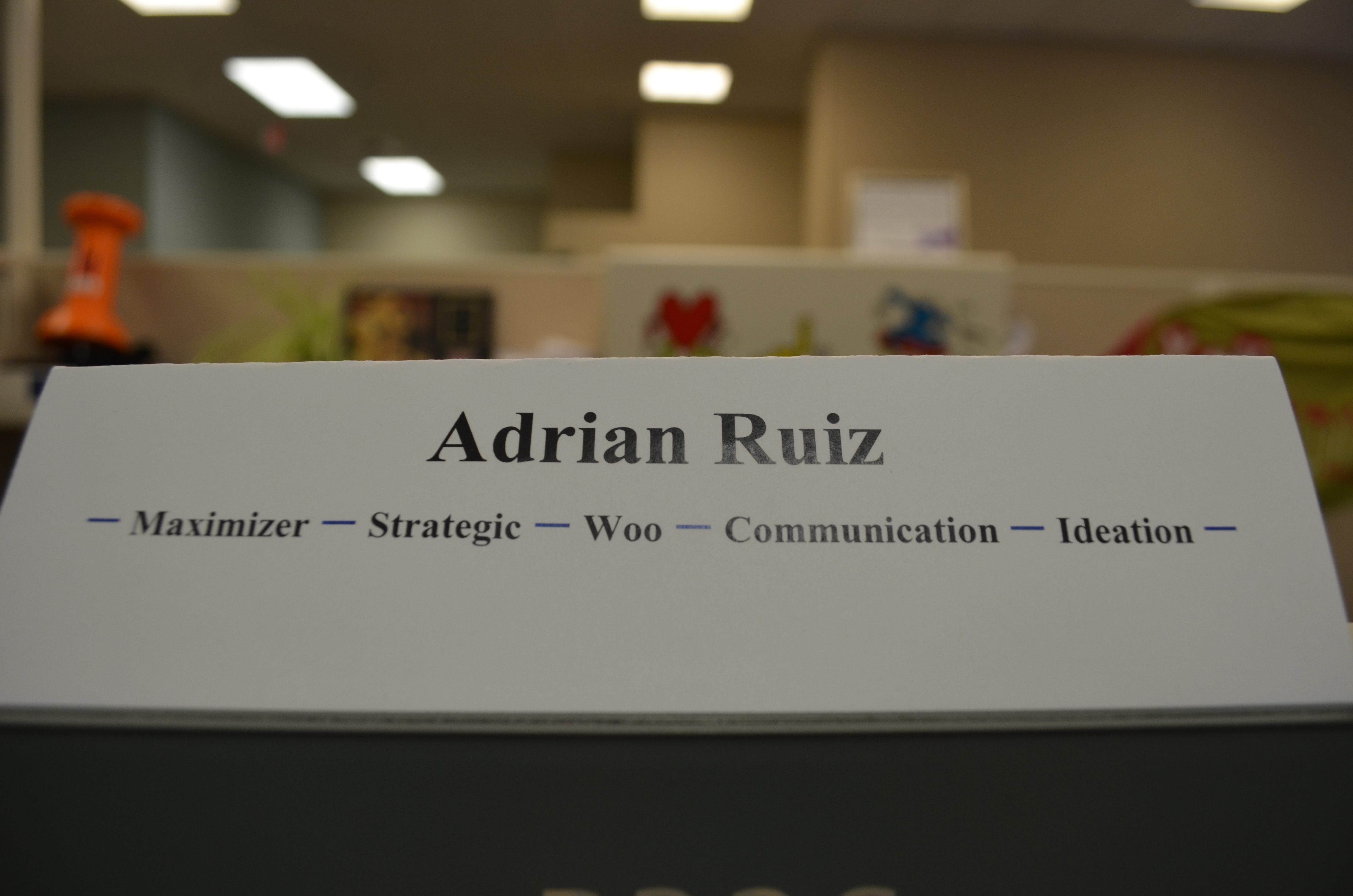
3. Make time for one-on-one Strengths-based conversations. One of the greatest relationship builders for groups or teams to begin using the Strengths language and approach is through meaningful one-on-one conversations. The variations of making this happen are endless and, dare I say fun, but only if you upload the team with proper directions. In order for everyone to get the most out of one-on-one Strengths conversations make sure you give ample time for all members of the group to read their own Strengths Insight Report. Feel free to create pairs by assigning or drawing randomly. One of our favorite ways of having Strengths-based conversations is by going out for coffee and sticking to the following guidelines:
- No more than 15 minutes per person to share his/her Strengths and answer any questions that the other member may have
- After the first 15 minutes are up switch roles.
- Feel free to take notes but also keep it casual.
- Have fun!
- Note: it is important to allow for the right to pass if people do not feel safe participating in this activity.
4. Create a Strengths Staff Binder: A great way of knowing each others Strengths and the best way to work with each person is to create a Strengths Staff Binder. These work wonders when you are curious about the best way of working with someone, how to prevent or manage a conflict with them, and how to celebrate their achievements. Please click here to see the Youth Development Network Strengths Staff Binder Model.
Click here for a sample of the Strengths file we have on me.
5. Celebrate a Strengths theme of the week and the people in your group or team who have it: Imagine opening up your email on Monday morning and your supervisor has sent you an email that is celebrating a key talent theme and the rock-stars on your team who possess it as a dominant theme. In that email it points out what are the unique qualities of that theme, how to work best with people who have that theme, and how that theme benefits your organization. Supervisors and managers we have met who do this regularly have proudly shared with us it has boosted their effort to upload the Strengths-based approach and language into their working tribes.
I hope that these simple and practical tips work for you and your workmates. No one said it was going to be easy but these Strengths tips will definitely make the road to achieving your goals more enjoyable.

